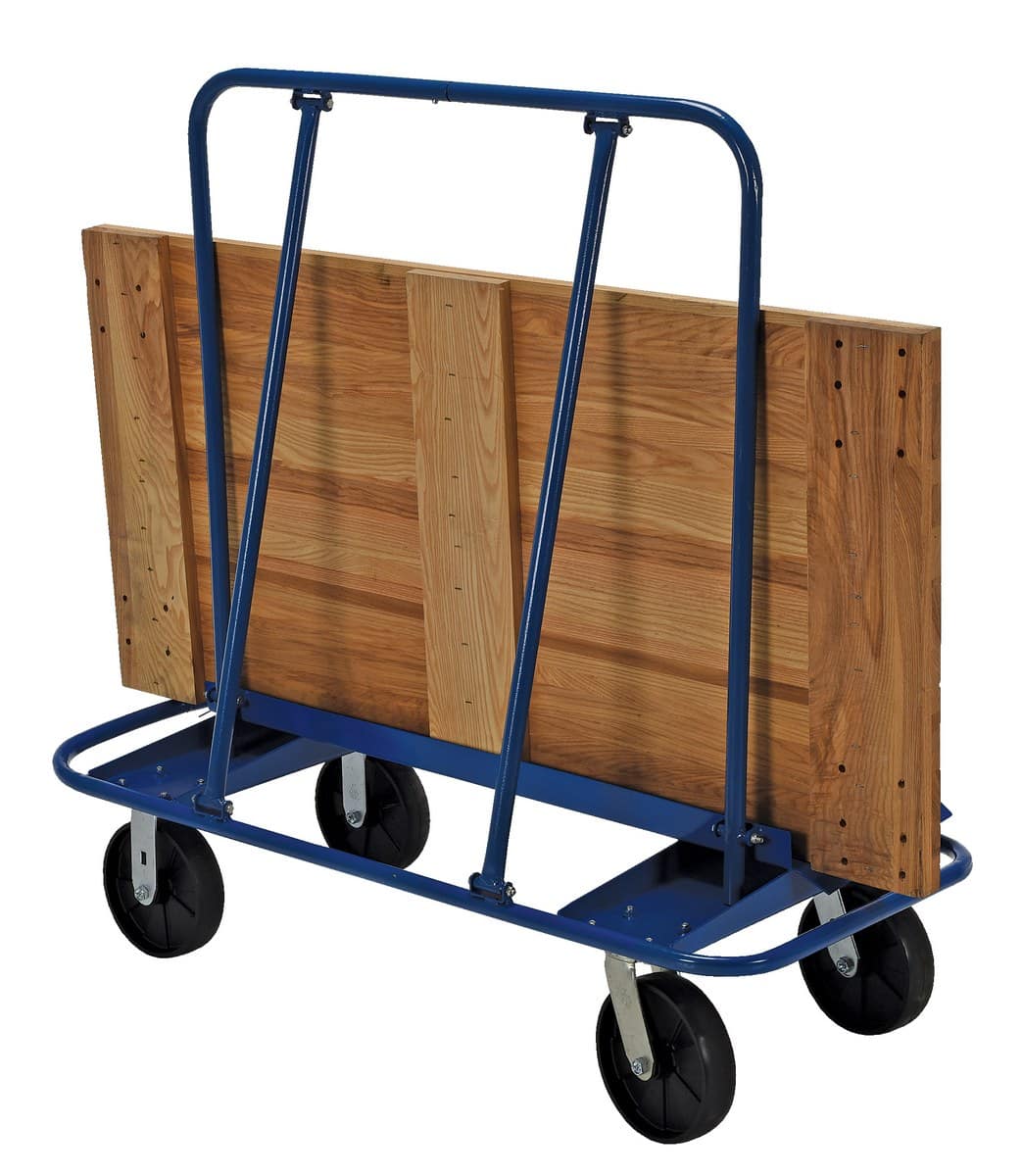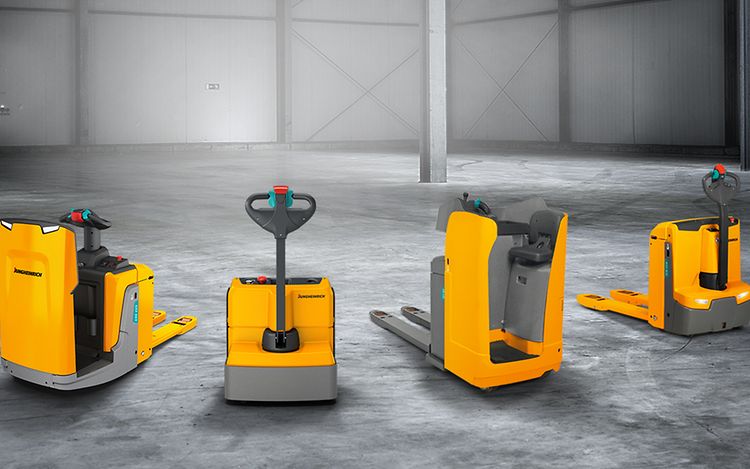
The history of Walmart an American discount department store chain, began in 1950 when businessman Sam Walton purchased a store from Luther E. Harrison in Bentonville Arkansas, and opened Walton’s 5 & 10. The Walmart chain proper was founded in 1962 with a single store in Bentonville, expanding outside Arkansas by 1968 and throughout the rest of the Southern United States by the 1980s, ultimately operating a store in every state of the United States, plus its first stores in Canada, by 1995. The expansion was largely fueled by new store construction, although the chains Mohr-Value and Kuhn’s Big K were also acquired. The company introduced its warehouse club chain Sam’s Club in 1983 and its first Supercenter stores in 1988. By the second decade of the 21st century, the chain had grown to over 11,000 stores in 27 countries.
Reference: Wikipedia, History of Walmart, February 16, 2016, accessed May 13, 2021, https://en.wikipedia.org/wiki/History_of_Walmart
Walmart In The 1960s and 1970s
At some point, Sam Walton made the decision to achieve higher sales volumes by keeping sales prices lower than his competitors by reducing his profit margin. Inspired by the successes of other discount department store chains, Walton opened the second store in Harrison, Arkansas, that year. Responsible for the purchase and maintenance of signage, Walton’s assistant, Bob Bogle, came up with the name “Wal-Mart” for the new chain. By 1967, the company grew to 24 stores across the state of Arkansas and had reached $12.6 million in sales, and by 1968, the company opened its first stores outside of Arkansas in Sikeston, Missouri, and Claremore, Oklahoma.
The company’s first stock split occurred in May 1972 at a market price of $47. By this time, Walmart was operating in five states: Arkansas, Kansas, Louisiana, Missouri, and Oklahoma, and expanded into Tennessee in 1973, and Kentucky and Mississippi in 1974. As the company expanded into Texas in 1975, there were 125 stores with 7,500 associates, and total sales of $340.3 million. Logo used from 1964 to 1981
By 1977, Walmart expanded into Illinois and made its first corporate acquisition, assuming ownership and operation of the Mohr-Value stores, which operated in Missouri and Illinois. This was followed by the acquisition of the Hutcheson Shoe Company in 1978. In the same year, Walmart also branched out into several new markets, launching its pharmacy, auto service center, and jewelry divisions.
Walmart In The 1980s and 1990s
In 1981, Walmart expanded into the southeastern US market, opening stores in Georgia and South Carolina, and acquiring 92 Kuhn’s Big K stores. They expanded into Florida and Nebraska in 1982.
In April 1983, the company opened its first Sam’s Club store, a membership-based discount warehouse club, in Midwest City, Oklahoma. They also expanded into Indiana, Iowa, New Mexico, and North Carolina and implemented “people greeters” in all of their stores. The first stores opened in Virginia in 1984.
In 1985, with 882 stores with sales of $8.4 billion and 104,000 associates, the company expanded into Wisconsin and Colorado, and the first stores opened in Minnesota in 1986.
By the company’s 25th anniversary in 1987, there were offices to track inventory, and sales, and send an instant communication to their stores. Continuing their technological upgrades, they had equipped 90% of their stores with barcode readers by 1988, to further assist in keeping track of their large inventory.
In February 1988, company founder Sam Walton stepped down as chief executive officer, and David Glass was named to succeed him. Walton remained on as Chairman of the Corporate Board of Directors, and the company also restructured their senior management positions, elevating a cadre of executives to positions of greater responsibility.
Also in 1988, the first Wal-Mart Supercenter was opened in Washington, Missouri. The supercenter concept features everything contained in an average Walmart discount store, in addition to a tire and oil change shop, optical center, one-hour photo processing lab, portrait studio, and numerous alcove shops such as banks, cellular telephone stores, hair and nail salons, video rental stores, and fast food outlets.
By 1988, Wal-Mart was the most profitable retailer in the United States, though it did not outsell K-Mart and Sears in terms of the value of items purchased until late 1990 or early 1991.
By 1988, Walmart was operating in 27 states, having expanded into Arizona, Michigan, Ohio, West Virginia, New Jersey, and Wyoming. By 1990, they expanded into California (which marked Walmart officially becoming a fully nationwide retailer), Nevada, North Dakota, Pennsylvania, South Dakota, and Utah. The Walmart Visitor’s Center also opened this year on the site of Sam Walton’s original store.
The 1990s saw an era of furious growth on an unprecedented scale and the incorporation of several new ideas and technology into the business.
In 1990, US sales had quadrupled to $32 billion over the previous five years and Walmart acquired The McLane Company, a foodservice distributor, which was later sold to Berkshire Hathaway in 2003.
In 1991, the company expanded into Connecticut, Delaware, Maine, Maryland, Massachusetts, New Hampshire, and New York. Walmart expanded worldwide this year, with the opening of its first store outside the United States in Mexico City. They also acquired Western Merchandisers, Inc. of Amarillo, Texas. 1991 also saw the launch of the Sam’s American Choice brand of products “Made in America” initiative, to stimulate American suppliers to produce more products and lower the price.
On March 17, 1992, US President George H. W. Bush presented Sam Walton with the Presidential Medal of Freedom. Walton died on April 5, 1992. His eldest son, S. Robson Walton, succeeded him as Chairman of the corporate board of directors, on April 7, 1992. This year, Walmart had a presence in 45 states which by this time expanded into Idaho, Montana, and Oregon, as well as Puerto Rico.
In 1993, the Walmart International Division was formed with Bobby Martin as its president. The company also expanded into Alaska, Hawaii, Rhode Island, and Washington. Their stores also achieve the billion-dollar sales mark in one week in December 1993.
In 1994, the National Advertising Review Board challenged the Walmart slogan, “Always the low price. Always,” contending that it implied that Walmart’s prices were always the lowest and could mislead some shoppers. In response, Walmart adopted a new slogan, “Always low prices. Always.”
Also in 1994, the Code Adam program was instituted in Walmart stores. That same year, Walmart acquired 91 PACE Membership Warehouse clubs from Kmart and 122 Woolco stores in Canada 1994. In addition, it opened 3 value clubs in Hong Kong and had 96 stores in Mexico.
By 1995, Walmart had 1,995 discount stores, 239 Supercenters, 433 SAM’S CLUBS, and 276 international stores with sales at $93.6 billion (including US sales of $78 billion) and 675,000 associates. Walmart expanded into its final state (Vermont), and also expanded into South America, with three new units in Argentina and five in Brazil.
The company entered the Chinese market in 1996 through a joint-venture agreement. In 1996 Walmart opened in Fairbanks Alaska, soon after the Sam’s Club of Fairbanks opened. In 1997, Walmart replaced Woolworth on the Dow Jones Industrial Average. The company had its first $100 billion sales year, with sales totaling $118.1 billion. Also this year, they acquired 21 Wertkauf stores in Germany and introduced their OneSource nutrition centers.
In 1998, Walmart introduced the Neighborhood Market concept at three stores in Arkansas. Neighborhood Market stores are predominantly grocery stores and are intended to attract customers with easier parking, less crowded aisles, and quicker checkout compared to an average grocery store. Internationally Walmart enters South Korea by acquiring 4 stores operated by Korea Makro.
Also in 1998, Walmart launched its Wal-Mart Television Network, a vast, in-store advertising network showing commercials for products sold in the stores, concert clips and music videos for a recording artist’s media, trailers for upcoming movie releases, and news.
The Asda chain in the United Kingdom became a subsidiary in 1999 and is the second-largest chain in the UK after Tesco.
Walmart In The 21st century
In 2000, Lee Scott was named president and CEO and US sales had doubled to $156 billion since 1995. That same year, Walmart was ranked fifth by Fortune magazine on its Global Most Admired All-Stars list, and in 2003 and 2004, it was named as the most admired company in America.
In 2002, Walmart entered the Japanese market by acquiring a minor stake in Seiyu Group, which would become a wholly-owned subsidiary of Walmart by 2008.
In 2005, Walmart had $312.4 billion in sales, more than 6,200 facilities around the world, including 3,800 stores in the United States and 3,800 international units, and more than 1.6 million associates employed worldwide. Their US presence had grown so rapidly that there were only small pockets of the country that remained further than 60 miles away from the nearest Walmart. Approximately 138 million customers visited Walmart stores each week all over the world. Their corporate philanthropy efforts also assisted the US hurricane relief efforts with $18 million in cash donations. Through a purchase of stock in Central American Retail Holding Company (CARHCO), Walmart also entered the countries of Guatemala, El Salvador, Honduras, Nicaragua, and Costa Rica.
On May 22, 2006, Walmart announced the sale of its 16 stores in South Korea to Shinsegae Co, which rebranded the stores to E-Mart. Then on July 26, 2006, Walmart announced a complete pull-out from the German market; all existing 85 stores were sold to the Metro Group, which rebranded most of them to Real (hypermarket).
On September 12, 2007, for the first time in 13 years, Walmart introduced new advertising with the slogan, “Save Money Live Better,” instead of “Always Low Prices, Always.” It commissioned Global Insight for the ads and the report stated that as of 2006, the retailer saves American families $2,500 yearly (up 7.3% from $2,329, 2004). The new research found that the reduction in price levels due to Walmart resulted in savings for consumers of $287 billion in 2006, equivalent to $957 per person and $2,500 per household.
On June 30, 2008, Walmart unveiled the company’s new logo, which stylized the name as “Walmart”. A spark, a symbol chosen to represent Walmart associates, replaces the star. In early 2009, Walmart entered Chile by acquiring Distribucion y Servicio D&S SA. In May 2009 Walmart entered into a 50/50 partnership with Bharti to gain access to the Indian market.
On February 22, 2010, the company confirmed it was acquiring the video streaming company Vudu, Inc. for an estimated $100 million.
In June 2011, Walmart acquired 51% of Massmart Holdings. This acquisition gives the company access to the African countries of South Africa, Botswana, Ghana, Lesotho, Malawi, Mauritius, Mozambique, Namibia, Nigeria, Swaziland, Tanzania, Uganda, and Zambia.
The Massmart acquisition received final governmental approval in early 2012. The single store Mauritius was closed in January 2012.
In June 2014, Walmart employees went on strike in several major cities in the United States.
New Ventures
In late 2005, Walmart designed two experimental stores, one in McKinney, Texas, and the other in Aurora, Colorado, which featured wind turbines, photovoltaic solar panels, biofuel-capable boilers, water-cooled refrigerators, and xeriscape gardens.
In March 2006, Walmart sought to appeal to a more affluent demographic, with the opening of a new supercenter in Plano, Texas, at the corner of Park Blvd. and the Dallas North Tollway which was intended to compete against stores that some viewed as more upscale and appealing. The new store features wooden floors, wider aisles, a sushi bar, a coffee/sandwich shop (with free Wi-Fi Internet access), a Subway, and higher-end items such as microbrew beer, expensive wines, and high-end electronics. The exterior sports the less-common hunter-green background behind the Walmart letters instead of the trademark blue.
In response to the popularity of organic food supermarkets, such as Whole Foods and Wild Oats, Walmart announced plans in May 2006, to increase the amount of organic food available in its stores. They announced that both conventionally grown and organic versions of certain products would be available, and the price of organic versions would not be more than 10% over the price of conventionally grown products. Since Walmart is one of the nation’s largest grocery retailers, there was some concern expressed that their push to lower prices would not be sustainable for inexpensive organic food.
Legal Trouble
Over the last decade or so Walmart has become involved in numerous lawsuits for a variety of reasons. The majority of the suits are class action lawsuits in which employees are suing for unpaid wages. They have also run into numerous discrimination cases in which employees are suing for being profiled out of money or out of jobs. For example, there were two separate cases, one in 2004 and one in 2005, in which black employees were suing two different Walmarts for denying them jobs based on race. These became so popular that the Reverend Jesse Jackson intervened and spoke during both of the proceedings. There are also many lawsuits in which women are suing Wal-Mart for discriminating against them. In one article written in 2004 USA, today mentioned 32 different lawsuits that involved women suing Walmart. But still, Walmart has prevailed. All of this has not had any effects on Walmart financially however, according to Fortune 500, Walmart still had $351 billion in revenue ($11 billion in profit) in 2007, a new high for the corporation.
On December 3, 2008, the family of Walmart service worker Jdimytai Damour, who was killed by a stampede of shoppers frantically entering a Walmart store in Valley Stream, New York, on Black Friday (November 28), filed a wrongful death lawsuit against the corporation; Damour’s family alleged Walmart of encouraging a mass number of customers to come to the store simultaneously. In addition, the Occupational Safety and Health Administration cited Walmart for “…inadequate crowd management following the Nov. 28, 2008, death of an employee at its Valley Stream, New York, store. The worker died of asphyxiation after being knocked to the ground and trampled by a crowd of about 2,000 shoppers who surged into the store for its annual ‘Blitz Friday’ pre-holiday sales event.” The company went on to spend an estimated $2 million in legal fees fighting OSHA’s $7,000 fine because it apparently wished to prevent OSHA from establishing a precedent that would enable OSHA to influence Walmart’s crowd control measures in the future.
What Countries Does Walmart Operate In?
As of 2021, Walmart stores operate in the following countries: Walmart operates in over 24 countries Worldwide.
- Argentina
- Botswana
- Canada
- Chile
- China
- Costa Rica
- El Salvador
- Ghana
- Guatemala
- Honduras
- India
- Japan
- Kenya
- Lesotho
- Malawi
- Mexico
- Mozambique
- Namibia
- Nicaragua
- Nigeria
- South Africa
- Swaziland
- Tanzania
- Uganda
- The United Kingdom
- The United States
- Puerto Rico
- Zambia.
Walmart Near Me
You’ve learned about the history of Walmart if you read the above article. Now, where can you locate the nearest Walmart, and what are the hours of operation?
Use the Walmart Near Me map locator to find what neighboring Walmarts are open now. The map will provide supercenter store locations including pharmacies, tire centers, eye centers, hair salons, and more. Get directions and phone numbers to call on the map as well.
What Are Walmart Hours of Operation?
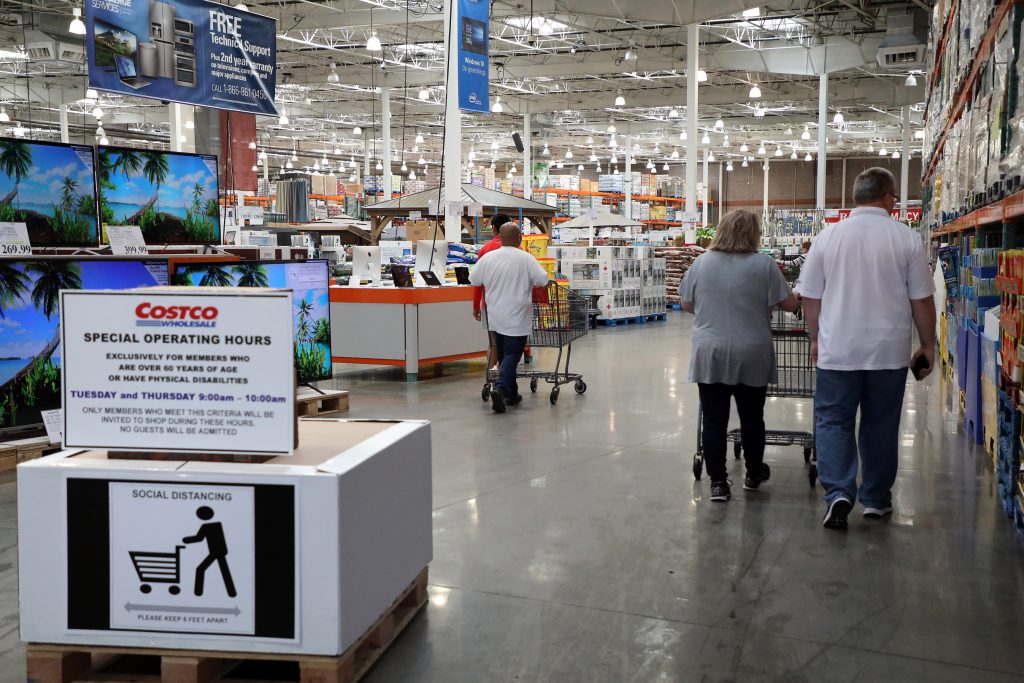
Walmart’s hours of operation can differ from store to store but 6:00 AM to 11:00 PM is standard. Pharmacy hours are not open 24 hours and generally close at 7:00 PM CST. In-store shopping, as well as curbside pickup, are available at most Walmart stores. Please note: Senior shopping is every Tuesday for customers aged 60 and older. This starts 1 hour before normal store hours.
Holiday shopping hours for Easter, Thanksgiving, and Christmas are subject to change so please check your local Walmart for holiday times of operation.
Walmart Pharmacy Hours

Regular pharmacy hours for Walmart stores are 6:00 AM to 7:00 PM Monday through Saturday, and Sunday 10:00 AM to 6:00 PM. The busiest times at Walmart pharmacy shopping are generally from 3:00 PM to 6:00 PM. The best times with less congested lines are from 6:00 AM to 9:00 AM. Follow this simple tip to get through the checkout line quickly.
Here is a list of Pharmacy services at Walmart:
- Flu Shots & Immunizations
- Specialty Pharmacy
- Pet Medications
- Central Pharmacy (MTM
Other Health Services Offered:
- Care Clinics
- Flu Shots & Immunizations
- Vision Centers
- Primary Care
- Optometry
- Dental
- Counseling
- X-Ray
- Labs
- Audiology
- Tivity Health
Walmart Prescriptions
- Refill Prescriptions
- Transfer Prescriptions
- $4 Prescriptions
Walmart Vision Center Hours
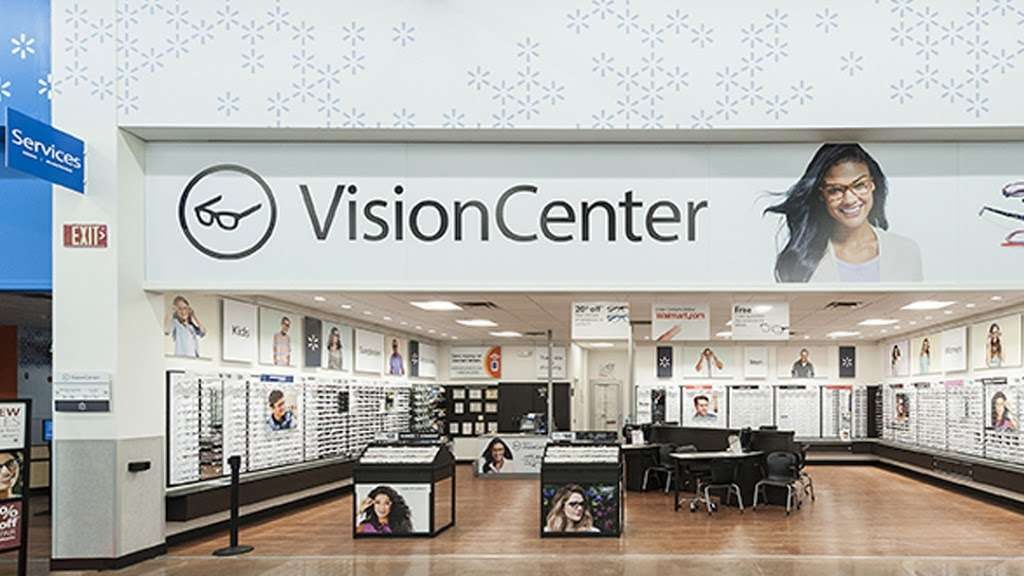
Need to shop for contact lenses or prescription glasses and need to know the open and close hours? Walmart vision center’s hours of operation are from 6:00 AM to 7:00 PM, Monday through Saturday, and Sunday from 12:00 PM to 5:00 PM. Lines at Walmart vision centers are not congested so anytime during normal business hours is fine.
What Eyewear Does Walmart Carry?
Walmart carries a large selection of prescription eyewear. Here is a list of glasses from women’s, men’s, girls, and boys.
- Reading glasses
- Computer glasses
- Eyewear accessories
- Contact lenses
- Eye drops & eye care
Walmart Auto Care Center Hours
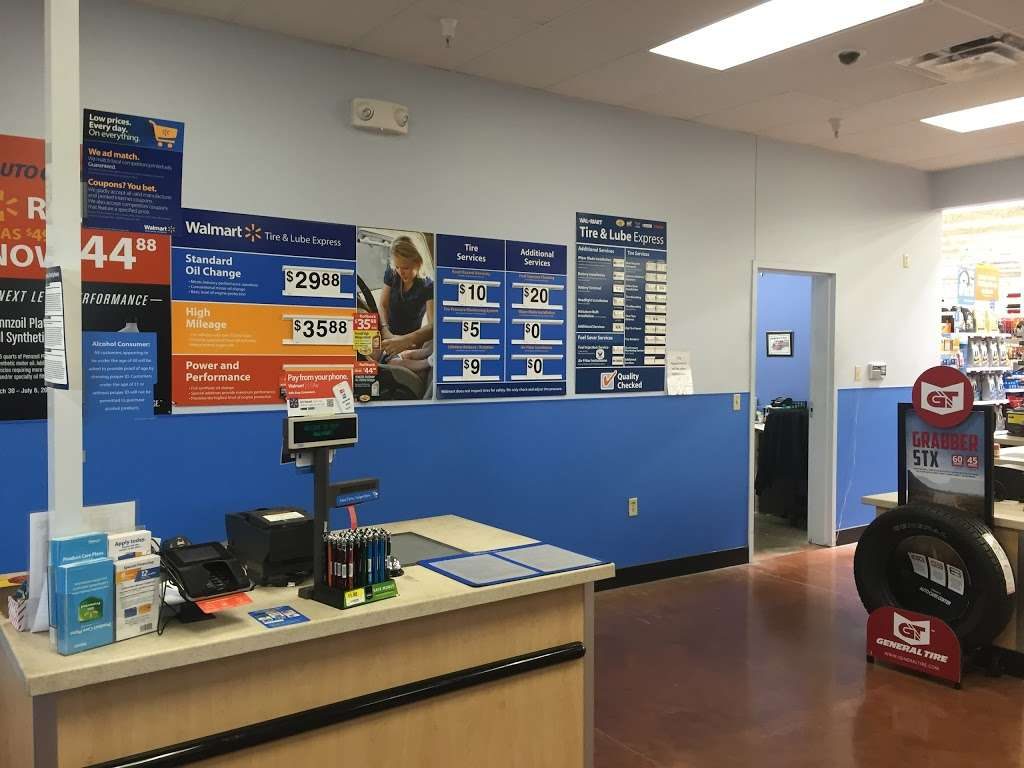
Walmart auto center hours are 7 days a week, Monday through Sunday 7:00 AM to 7:00 PM. Anticipate high traffic so it’s best to schedule your tire appointment. However, 6:00 PM does have a slight dip in traffic.
Walmart auto care provides affordable tires, car batteries, and oils & fluids. Walmart has certified technicians with extensive training. Whether you have a new or used car, basic car care is a must. Walmart has over 2,500 auto care centers nationwide that can help maintain your automobile maintenance needs.
Top brands include:
- Goodyear
- Super Tech
- Mobil 1
- Everstart
What Types of Vehicles Tires Does Walmart Sell
Here is a list of vehicle types that Walmart sells tires for:
- Passenger car tires
- Light trucks tires
- Trailer tires
- ATV tires
- Lawnmower tires
- Golf cart tires
- Commercial tires
- Farm & tractor tires
- Motorcycle tires
- RV tires













